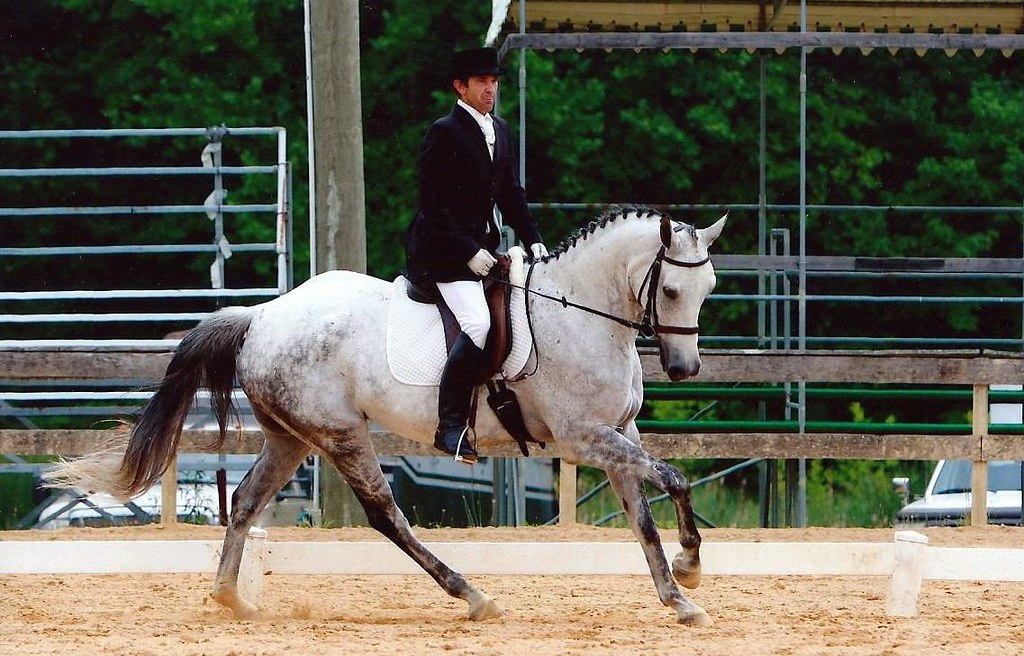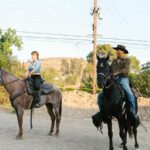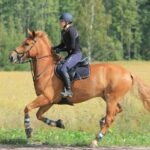Dressage, often described as “horse ballet,” demands exceptional athleticism, balance, and mental focus from both horse and rider. While traditional dressage training is essential for developing these skills, incorporating cross-training exercises can significantly enhance a dressage horse’s overall performance, physical condition, and mental well-being. Cross-training introduces variety that prevents physical and mental burnout while developing complementary muscle groups and skills that traditional dressage work might not fully address. This comprehensive guide explores the most effective cross-training exercises that can help elevate your dressage horse’s performance to new heights.
Understanding the Value of Cross-Training for Dressage Horses
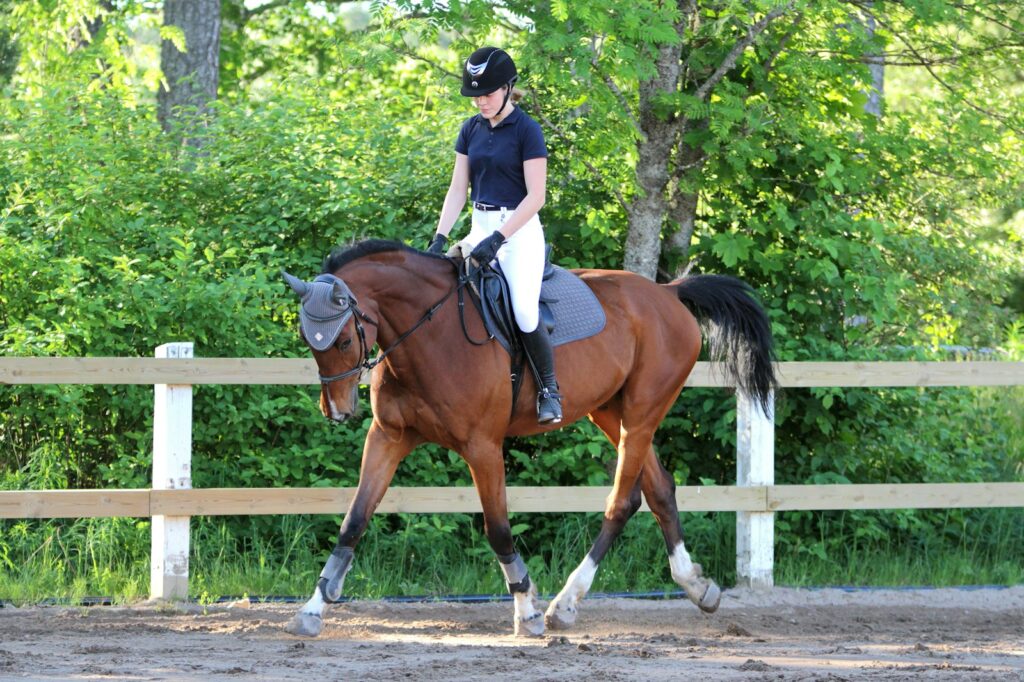
Cross-training provides numerous benefits that directly translate to improved dressage performance. By incorporating diverse physical activities, horses develop more balanced musculature and improved proprioception, which enhances their body awareness and coordination during precise dressage movements. These varied exercises also help prevent repetitive strain injuries that can occur from practicing the same movements repeatedly in the arena. Additionally, cross-training offers mental stimulation that keeps horses engaged and interested in their work, preventing the resistance and tension that can develop from monotonous training routines. Perhaps most importantly, a well-rounded cross-training program helps dressage horses maintain enthusiasm for their work while building the strength, flexibility, and balance required for advanced movements.
Hill Work: Natural Conditioning for Strength and Balance
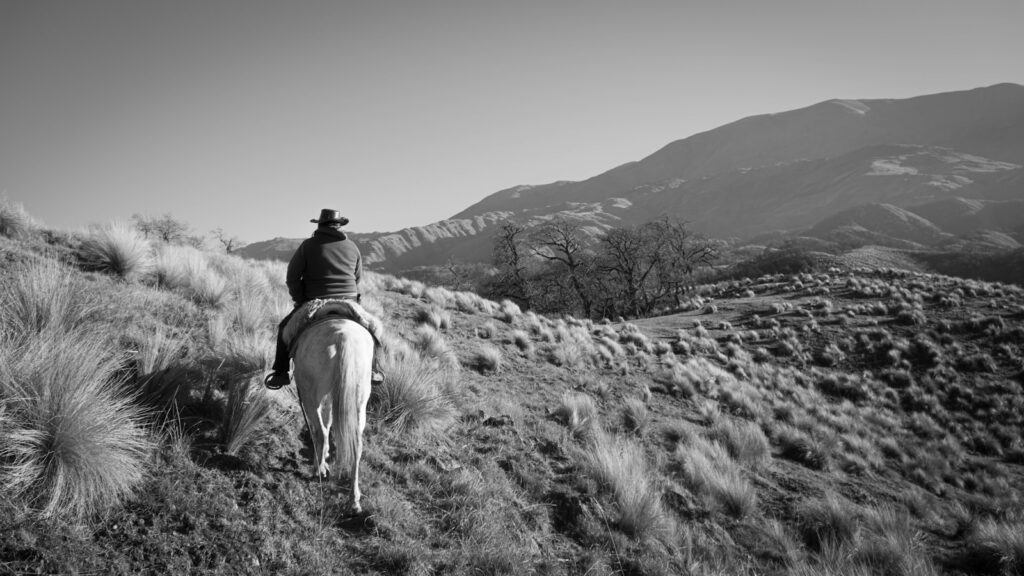
Hill work offers one of the most effective natural conditioning exercises for dressage horses, building essential strength in the hindquarters, back, and core muscles. Walking up inclines encourages the horse to engage its hindquarters and lift through the back, directly translating to improved collection and self-carriage in the dressage arena. Downhill work, when done carefully at a walk, develops balance and coordination while strengthening the muscles in the shoulders and forehand. To implement hill work effectively, begin with gentle slopes and walking only, gradually progressing to steeper inclines and incorporating trot work as your horse’s fitness improves. The beauty of hill work lies in its ability to develop the pushing power needed for movements like piaffe and passage while simultaneously improving cardiovascular fitness.
Cavaletti Work: Developing Rhythm and Adjustability
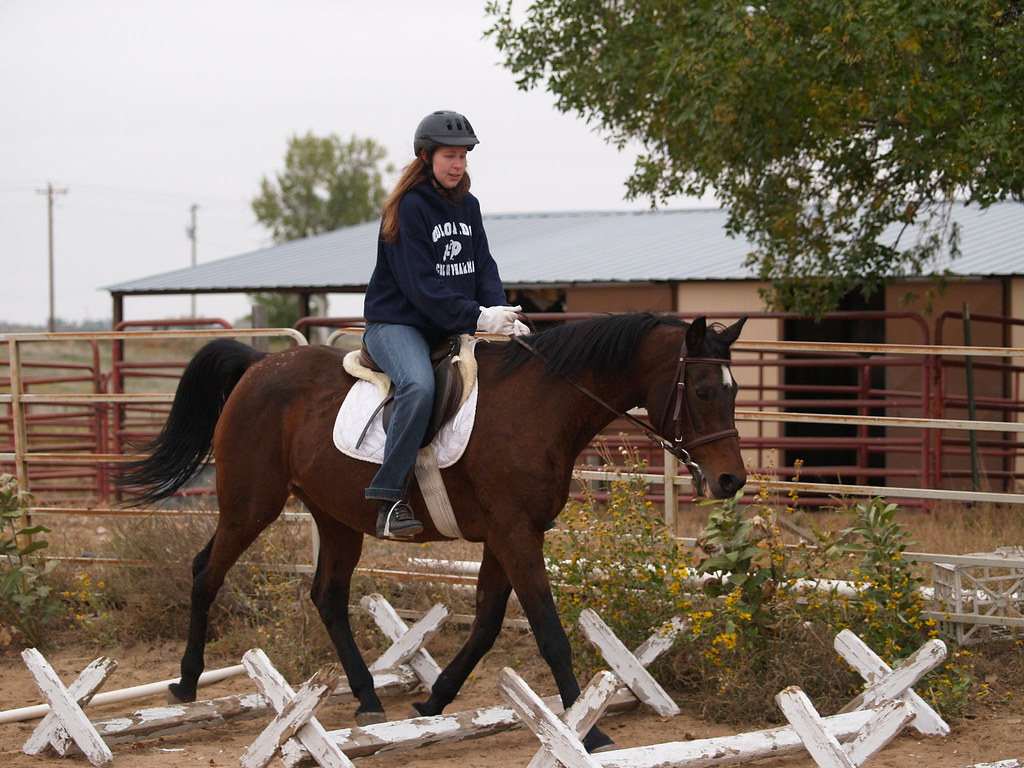
Cavaletti exercises provide exceptional training for rhythm, stride regulation, and joint mobility—all crucial elements for successful dressage performance. Set at appropriate heights and distances, cavaletti encourage the horse to lift through the back and engage the hindquarters while maintaining a consistent tempo. This exercise develops the horse’s proprioception and ability to adjust stride length, which directly translates to better performance in movements requiring collection and extension. For maximum benefit, incorporate cavaletti work both on straight lines and gentle curves, varying the spacing to challenge your horse’s adaptability. Advanced dressage horses can benefit from more complex patterns that require quick thinking and adjustments, improving their responsiveness and agility for lateral work and transitions.
Trail Riding: Mental Refreshment and Natural Balance
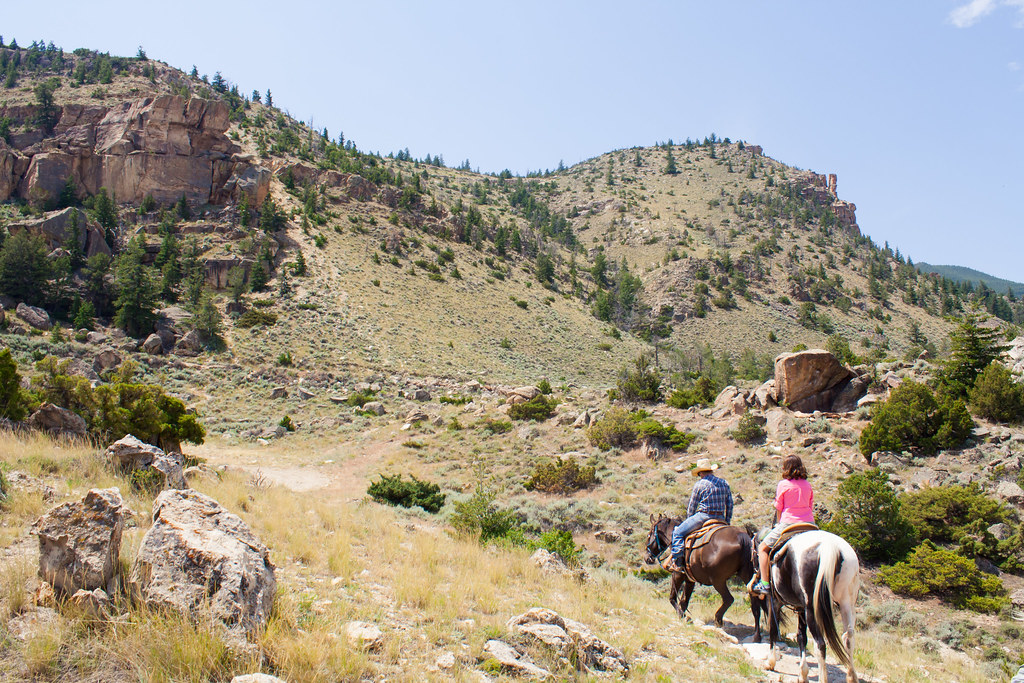
Trail riding serves as both physical conditioning and mental rejuvenation for dressage horses, offering a welcome change from arena work. Navigating varied terrain naturally encourages horses to engage different muscle groups, improve their balance, and develop surefootedness that translates to better stability in dressage movements. The unpredictable nature of trail obstacles requires horses to think and respond to their surroundings, developing confidence and trust in their riders’ guidance. Regular trail excursions also help prevent the mental staleness that can develop from constant drilling in an enclosed arena. For optimal cross-training benefits, incorporate trails with gentle inclines, varied footing, and natural obstacles like streams or logs that require thoughtful navigation from your horse.
Ground Poles: Enhancing Rhythm and Spatial Awareness
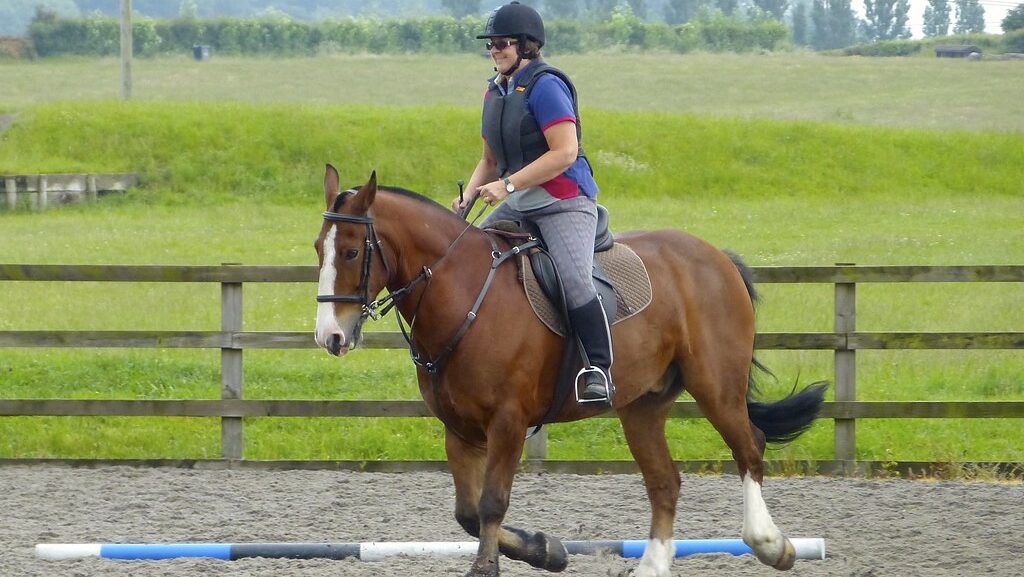
Ground pole exercises offer tremendous versatility for improving a dressage horse’s movement quality and body awareness without significant impact on joints and soft tissues. Properly spaced poles encourage horses to lift their backs, engage their core, and step through with more deliberate, even strides—exactly what’s needed for quality dressage gaits. By arranging poles in fans, serpentines, or along circles, riders can develop their horse’s adjustability and precision while maintaining rhythm. These exercises are particularly beneficial for horses that struggle with rushing or irregular gaits, as the poles provide a physical reference for timing. Advanced variations can include raised poles (up to 8 inches) that further encourage joint flexion and elevation through the shoulders, producing more expression in movement.
Swimming: Low-Impact Conditioning for Strength and Cardiovascular Health
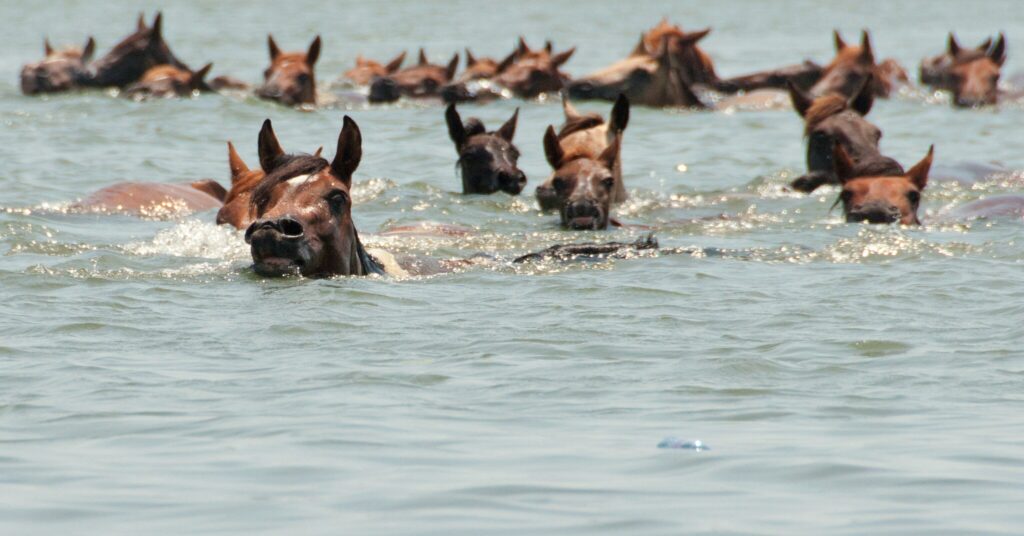
Swimming provides exceptional cardiovascular conditioning and muscle development without the concussive impact of traditional exercise, making it particularly valuable for dressage horses with joint sensitivity or those recovering from injury. This demanding exercise builds tremendous strength throughout the entire body while teaching horses to work in a balanced, coordinated manner. The water’s resistance creates a challenging environment that develops the same muscle groups needed for collection and extension in dressage. When properly supervised, swimming sessions of just 5-10 minutes can provide conditioning equivalent to much longer conventional workouts. While not accessible to all horse owners, facilities that offer equine swimming therapy can be worth seeking out for periodic cross-training sessions, especially for high-level competitors or horses requiring low-impact conditioning.
Lunging and Long-Lining: Developing Straightness Without Rider Weight
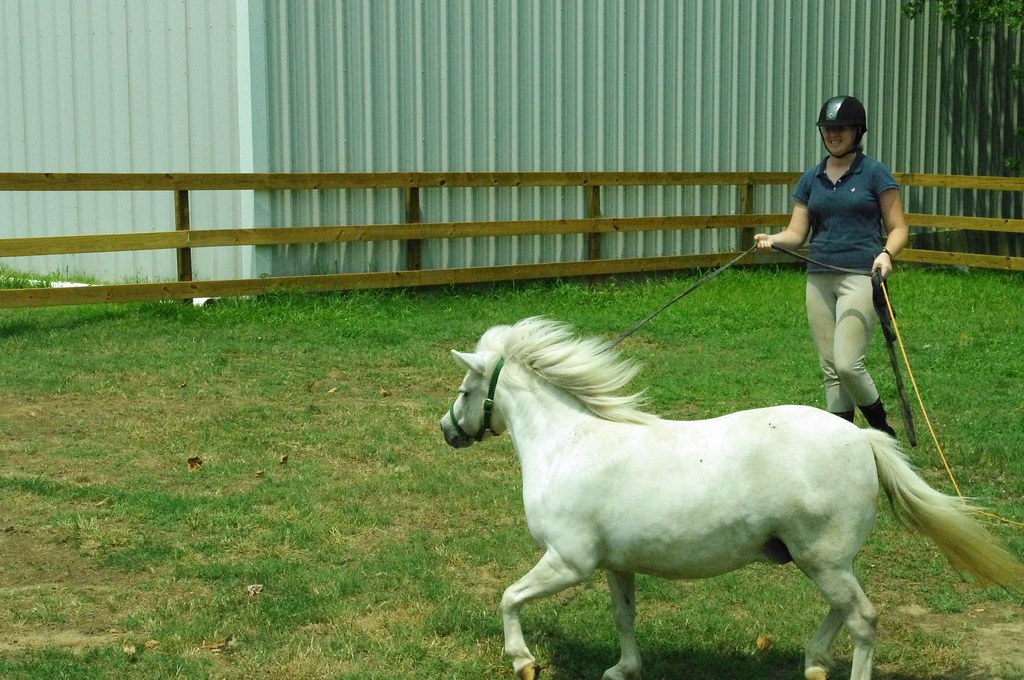
Properly executed lunging and long-lining sessions offer valuable cross-training by allowing horses to develop balance and self-carriage without the additional challenge of carrying rider weight. When combined with auxiliary equipment like the Pessoa system or chambon, these techniques encourage correct posture, engagement of the core, and development of topline muscles essential for dressage. The circular pattern of lunging helps horses develop equal muscle tone on both sides, addressing asymmetries that might affect straightness in the arena. Long-lining takes these benefits further by allowing handlers to influence the horse’s frame and bend much like ridden work, while the horse learns to balance independently. These ground-based exercises can be particularly beneficial for young horses, horses returning from layoff, or as a regular component in a training program to develop self-carriage.
Gymnastic Jumping: Building Power and Coordination
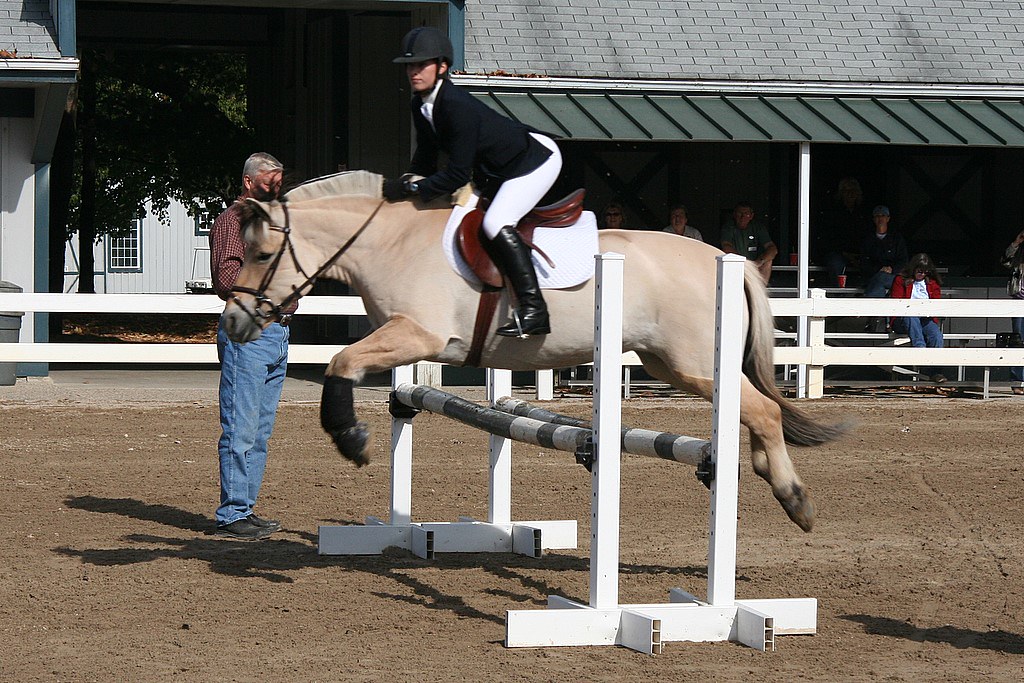
Low-level gymnastic jumping exercises provide exceptional cross-training benefits for dressage horses by developing explosive power, quick reflexes, and improved coordination between front and hind ends. A thoughtfully designed grid of small jumps (under 2 feet) encourages horses to engage their hindquarters and lift through their backs, directly enhancing the carrying power needed for collection in dressage. The precision required to navigate gymnastics improves the horse’s responsiveness to subtle aids and develops their ability to make quick adjustments to stride length and balance. This type of jumping work also enhances the rider’s timing and feel, creating a more harmonious partnership. Even advanced dressage horses can benefit from occasional gymnastic sessions, as the exercise helps prevent the physical and mental staleness that can come from exclusively practicing dressage movements.
Western Dressage Elements: Developing Relaxation and Self-Carriage
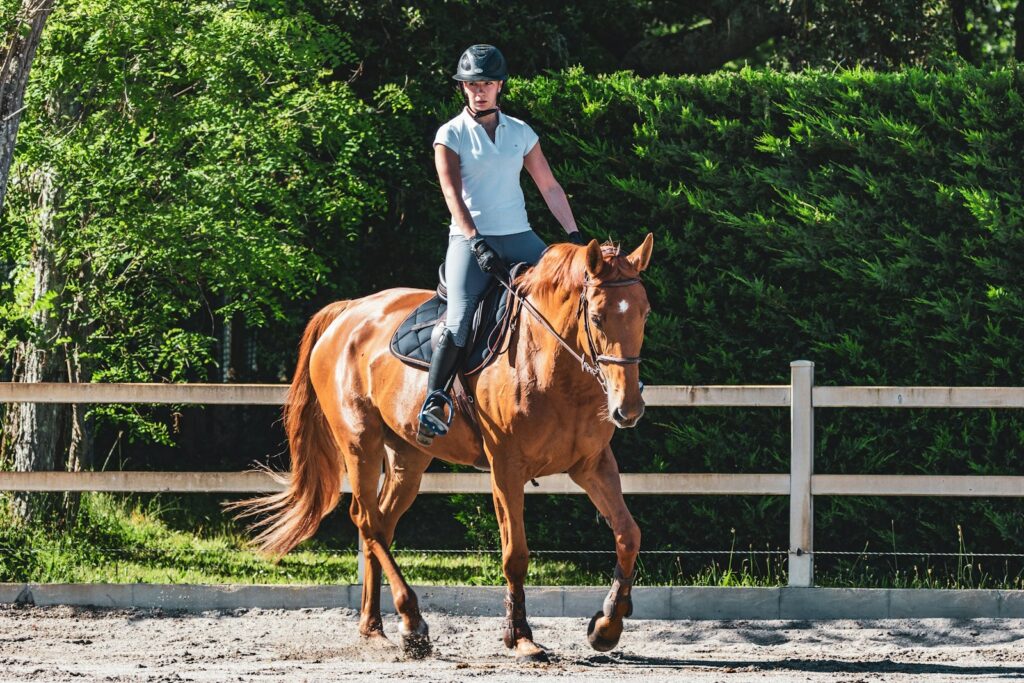
Borrowing elements from Western dressage offers unique cross-training benefits, particularly for developing relaxation with collection—a sometimes elusive combination in classical dressage training. The Western emphasis on a lower headset with a stretched topline and engaged hindquarters helps horses learn to carry themselves without tension or hollowing. Movements like jog-to-lope transitions encourage balance without the dramatic engagement required in collected canter departs, making them excellent preparatory exercises. Working on a loose rein while maintaining self-carriage also develops the horse’s proprioception and independence, qualities that translate to better performance in free walk and extended gaits. Incorporating basic Western dressage patterns provides mental variety while reinforcing fundamental principles like straightness, rhythm, and responsiveness that are valued in both disciplines.
In-Hand Work: Developing Suppleness and Understanding

In-hand exercises derived from classical traditions offer sophisticated cross-training options that develop the horse’s understanding of complex movements before adding the challenge of rider weight. These groundwork techniques include shoulder-in, haunches-in, and even the beginnings of more advanced movements like half-pass and piaffe. Working in-hand allows handlers to provide immediate, clear feedback as the horse learns to coordinate these movements, building muscle memory that transfers to ridden work. The practice also develops the handler’s timing and feel, creating a deeper understanding of how to influence the horse’s balance and position. Regular in-hand sessions can be particularly beneficial for teaching horses to understand lateral movements or for refining difficult transitions without the added complexity of balancing a rider.
Pole Dancing: Creative Configurations for Advanced Body Control
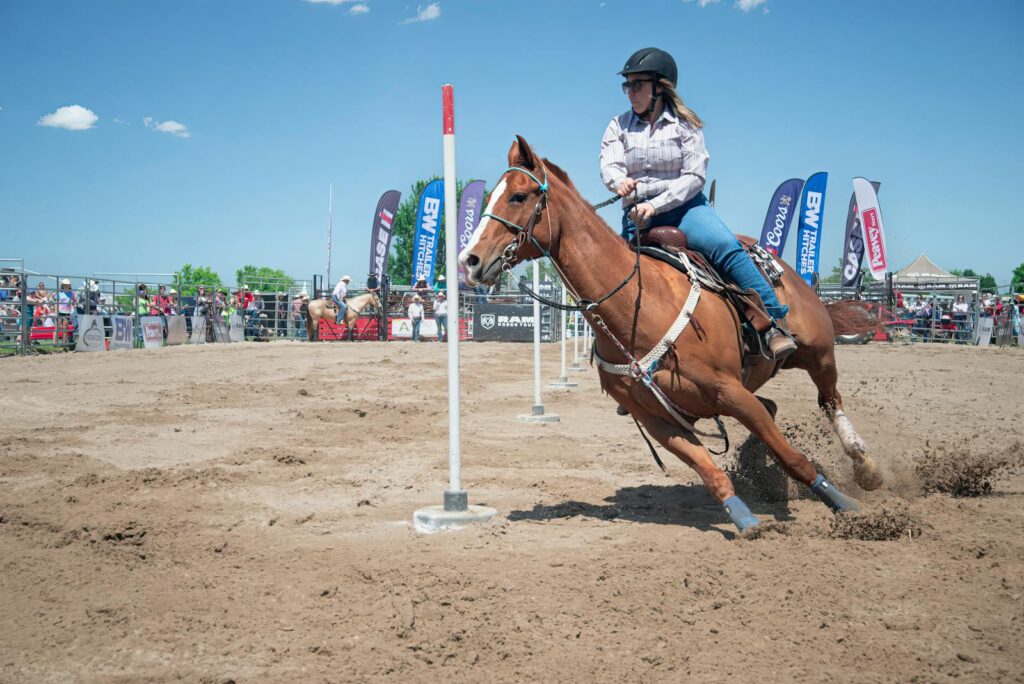
“Pole dancing” for horses refers to sophisticated ground pole exercises arranged in patterns that challenge balance, coordination, and adjustability at all gaits. Unlike basic ground pole work, these advanced configurations might include offset poles, poles on curves, raised poles, or combinations requiring frequent transitions between collected and extended strides. These exercises develop exceptional proprioception and body awareness, teaching horses to place their feet with precision while maintaining rhythm and frame. The mental engagement required for these complex patterns keeps intelligent dressage horses stimulated and attentive. When designed properly, these exercises can target specific areas of difficulty in a horse’s dressage work, such as maintaining straightness through lateral movements or developing more expression in extended gaits.
Equine Pilates and Carrot Stretches: Core Strengthening and Flexibility
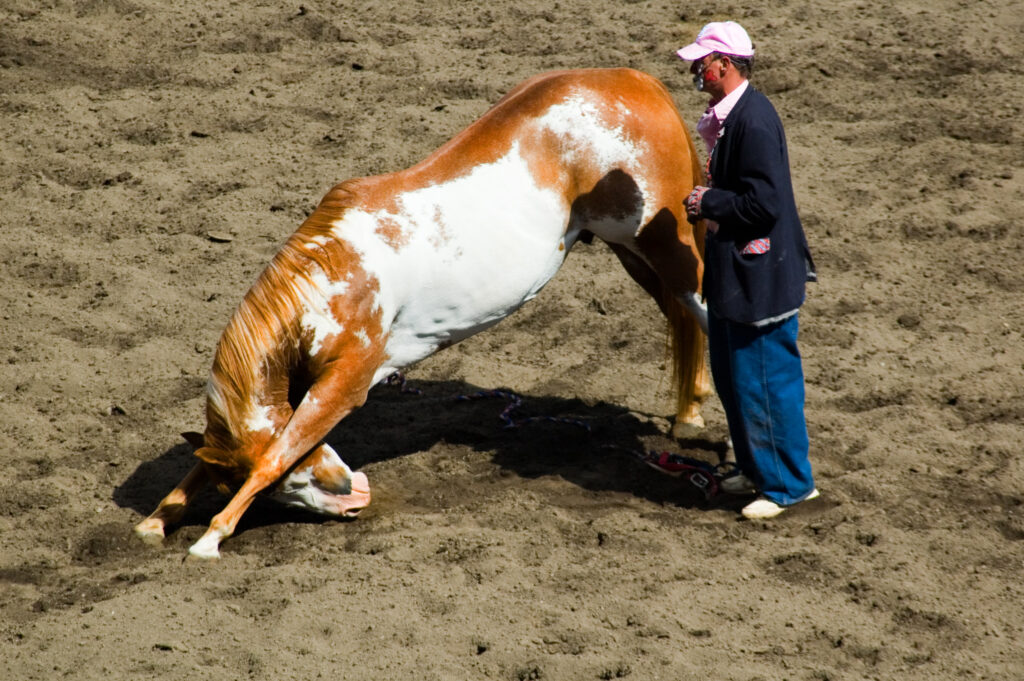
Equine core conditioning exercises, often called “horse pilates,” provide targeted strengthening for the deep muscles that support collection and extension in dressage movements. These exercises include carrot stretches, where horses are guided to bend and stretch toward treats positioned at their shoulder, flank, or between their front legs, activating deep core muscles and improving spinal mobility. Regular implementation of these exercises increases range of motion in the neck and back while developing the stabilizing muscles needed for advanced dressage work. The beauty of these exercises lies in their accessibility—they require no special equipment and can be performed in just minutes before or after regular training sessions. For maximum benefit, these exercises should be performed consistently, gradually increasing the difficulty as the horse’s strength and flexibility improve.
Creating an Effective Cross-Training Schedule
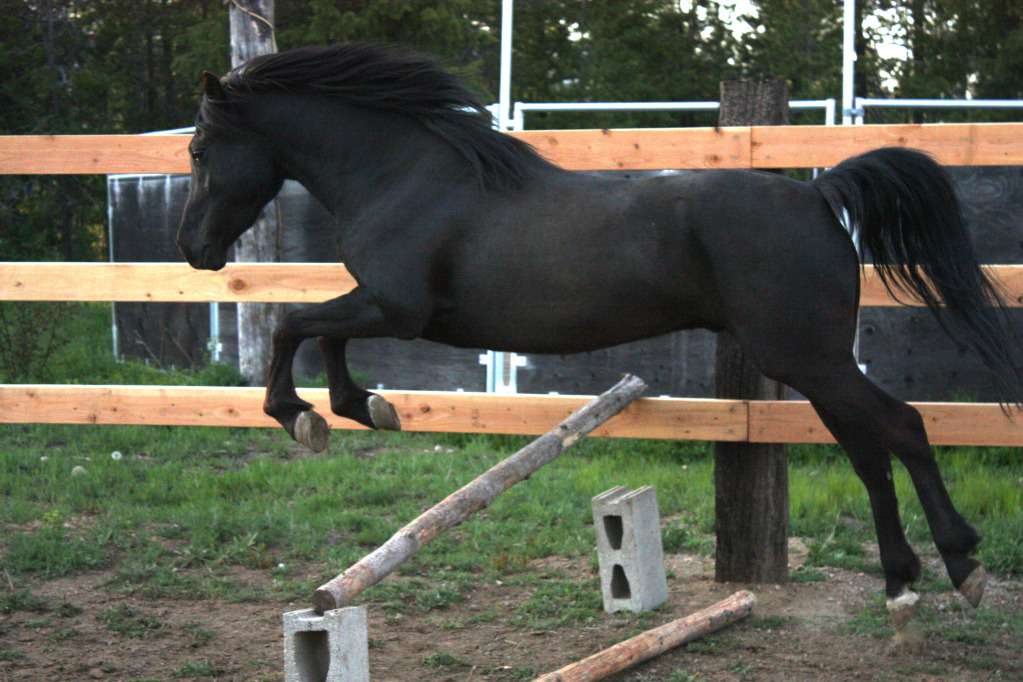
Developing a balanced cross-training program requires thoughtful integration with regular dressage training to maximize benefits without overtraining. An effective approach typically includes 2-3 dedicated cross-training sessions weekly, interspersed with focused dressage training and appropriate rest days. Consider your horse’s temperament, physical condition, and competition schedule when planning cross-training activities—more intense exercises should be scheduled further from competition dates. Pay attention to how your horse responds to different activities; some may thrive with challenging hill work while others might benefit more from the mental stimulation of trail riding or pole work. Keep detailed records of your cross-training activities to track progress and identify which exercises most effectively address your horse’s specific needs. Remember that cross-training should complement dressage training, not replace it, with the ultimate goal of developing a more athletic, engaged, and sound partner.
Cross-training transforms dressage training from a potentially repetitive routine into a dynamic program that develops the whole horse—physically, mentally, and emotionally. By thoughtfully incorporating these diverse exercises, riders can address weaknesses, prevent injuries, and cultivate a more willing and capable dressage partner. The best dressage horses aren’t created through arena work alone but through a comprehensive approach that values variety and balanced development. As you implement these cross-training exercises, remember that each horse is an individual; what works brilliantly for one may need modification for another. Listen to your horse, observe how they respond, and adjust accordingly. The journey toward dressage excellence becomes not only more effective but more enjoyable for both horse and rider when cross-training becomes a core component of your training philosophy.

